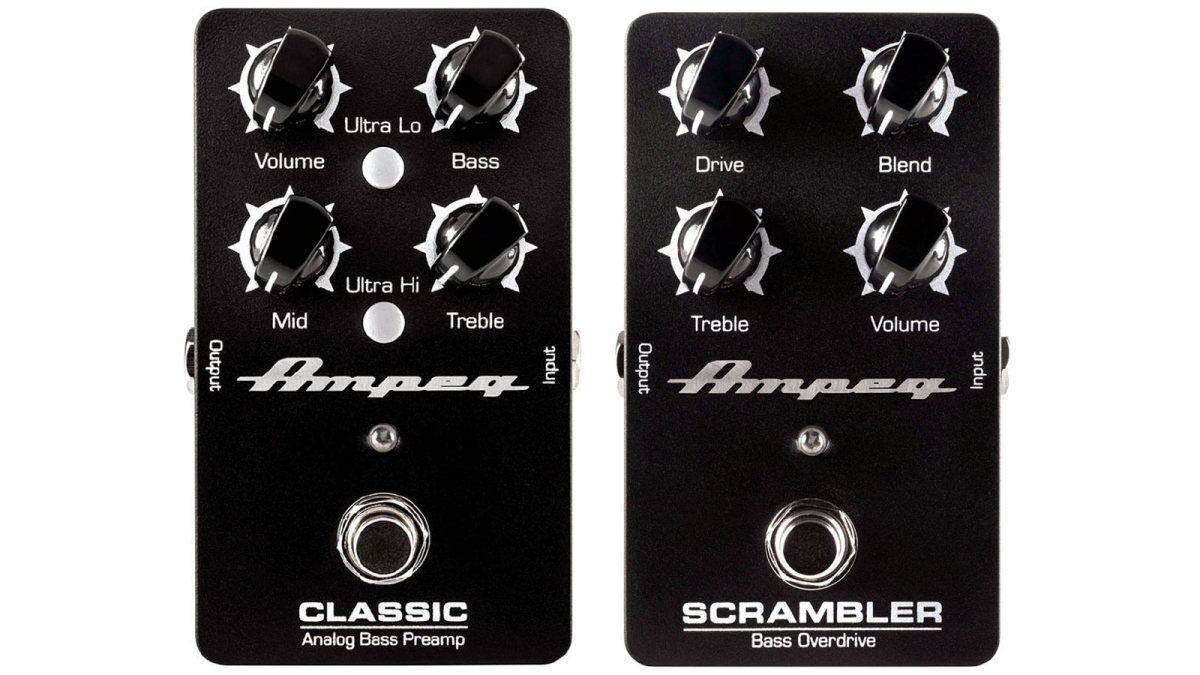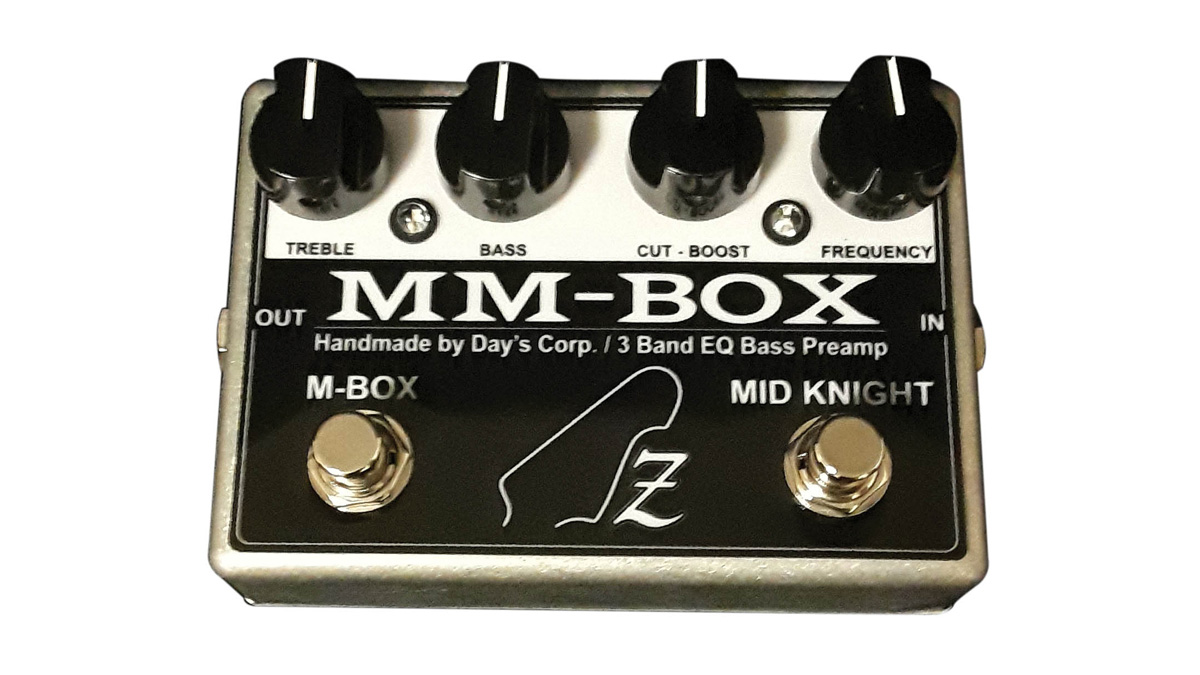Guitar World Verdict
Atelier Z fans need look no further for their new compact tone-sculpter.
Pros
- +
Excellent tone-shaping.
- +
Compact form.
Cons
- -
Faces a lot of competition at this price.
You can trust Guitar World
Crafting high-quality bass guitars since 1989, Atelier Z has established quite a popular reputation among bass players around the world. Using a combination of expertly-cured ash and maple, Atelier Z constructs basses that are ergonomic, well-balanced, lightweight and articulate.
The tonal palette of these basses spans the entire spectrum, and, regardless of genre, you’ll find them versatile enough to dial in the appropriate tone. That’s due, in no small part, to Atelier Z’s Original preamp, which comes standard on their instruments.
Now, Atelier Z has made access available to its killer tonal spectrum by developing a line of EQ and preamp pedals based on their original onboard preamp. The recently-released Atelier Z MM-Box is a combination of their previously-issued Mid-Knight and M-Box EQ pedals - the former a dedicated midrange circuit and the M-Box a bass/treble equivalent.
In the case of the MM-Box, both circuits of the aforementioned pedals are housed in one box, providing convenience and economy of space, particularly when mounting it on a pedalboard. Each circuit may be used individually or combined, and its three-band EQ pedal is designed to sculpt tone.
Whether you have a passive bass, to which you would like to add active circuitry without acostly mod, or an active instrument, in which you would like to add additional boost or cut with the press of a footswitch, this pedal is said to provide the desired effect. Let’s see how it performs...
The MM-Box was very user-friendly and required very little experimentation to dial in a really tight sound
For the purposes of this review, I decided to check out the MM-Box by using it in the most realistic way possible: on a session. First off, it’s worth noting what the EQ parameters entail. The Mid-Range circuit features a 70Hz-6kHz sweep and 14dB of cut and boost. The Bass circuit features 18dB of cut and boost at 30Hz, and the Treble circuit features 12dB of cut and boost at 4kHz. The MM-Box operates on 9V battery or AC adapter.
I used a Triad WSU090-0800 9-volt AC adapter during my review. Musically speaking, the first session I used it on fell into the jam-band category. I used a ’62 reissue Fender Jazz bass with a homemade string mute at the bridge and a Gruv Gear FretWrap at the nut.
Also try...

Ampeg Classic Analog Bass Preamp and Scrambler Bass Overdrive
While not an exact replica of the classic Ampeg preamp, the Classic Analog Bass Preamp gets amazingly close for the price, while the new Scrambler has a unique and harmonically rich sound.
The bass went straight into the MM-Box and from there into a Focusrite Saffire Pro 40 interface, and then into Pro Tools. That was it - no other amps or DIs in the signal chain. On the bass, both bridge and neckpickup were all the way on, as was the tone control.
On the MM-Box, I dialed in the Treble at 9 o’clock, the Bass at 12 noon, the Mid-Range Cut/Boost at 3 o’clock and the Frequency knob at about 10 o’clock. The tone was round, warm, smooth and creamy and entirely appropriate for this particular project. I played two songs - one with fingers and one with pick - and was impressed with the James Jamerson-like tone I was able to sculpt, particularly because the MM-Box was very user-friendly and required very little experimentation to dial in a really tight sound.
The next session was a cover of Deep Purple’s Highway Star, where I used all of the same gear, apart from removing the string mutes at the bridge and at the nut. I played this one exclusively with fingers, and, in an effort to dial in a more Roger Glover-like Rickenbacker sound, I EQ’d the MM-Box as follows: Treble at 2 o’clock, the Bass at 3 o’clock, the Mid-Range Cut/Boost at 3 o’clock and the Frequency knob at about 1 o’clock.
The result was simply bludgeoning, and I felt I achieved enough ‘cank’ to sound authentic. Utilizing the Atelier Z MM-Box on these sessions made me draw the following conclusion - that the MM-Box is a well-made, solid piece of machinery that would enhance any bassist’s studio or pedalboard. Recommended!
Specifications
- PRICE: $367.47, £295
- MADE IN: Japan
- FEATURES: M-Box channel with Bass and Treble controls, M-Knight channel with Cut + Boost and Frequency controls Dimensions| H 90 x W 115 x D 35mm / H3.5” x W 4.5” x D 1.4”
- DIMENSIONS: H 61 x W 291 x D 271mm / H2.4” x W 11.5” x D 10.7”
- POWER: 9V battery
For more information, head to Atelier Z.
“The original Jordan Boss Tone was probably used by four out of five garage bands in the late ’60s”: Unpacking the gnarly magic of the Jordan Boss Tone – an actual guitar plug-in that delivers Dan Auerbach-approved fuzz
“This is a powerhouse of a stompbox that manages to keep things simple while offering endless inspiration”: Strymon EC-1 Single Head dTape Echo pedal review











